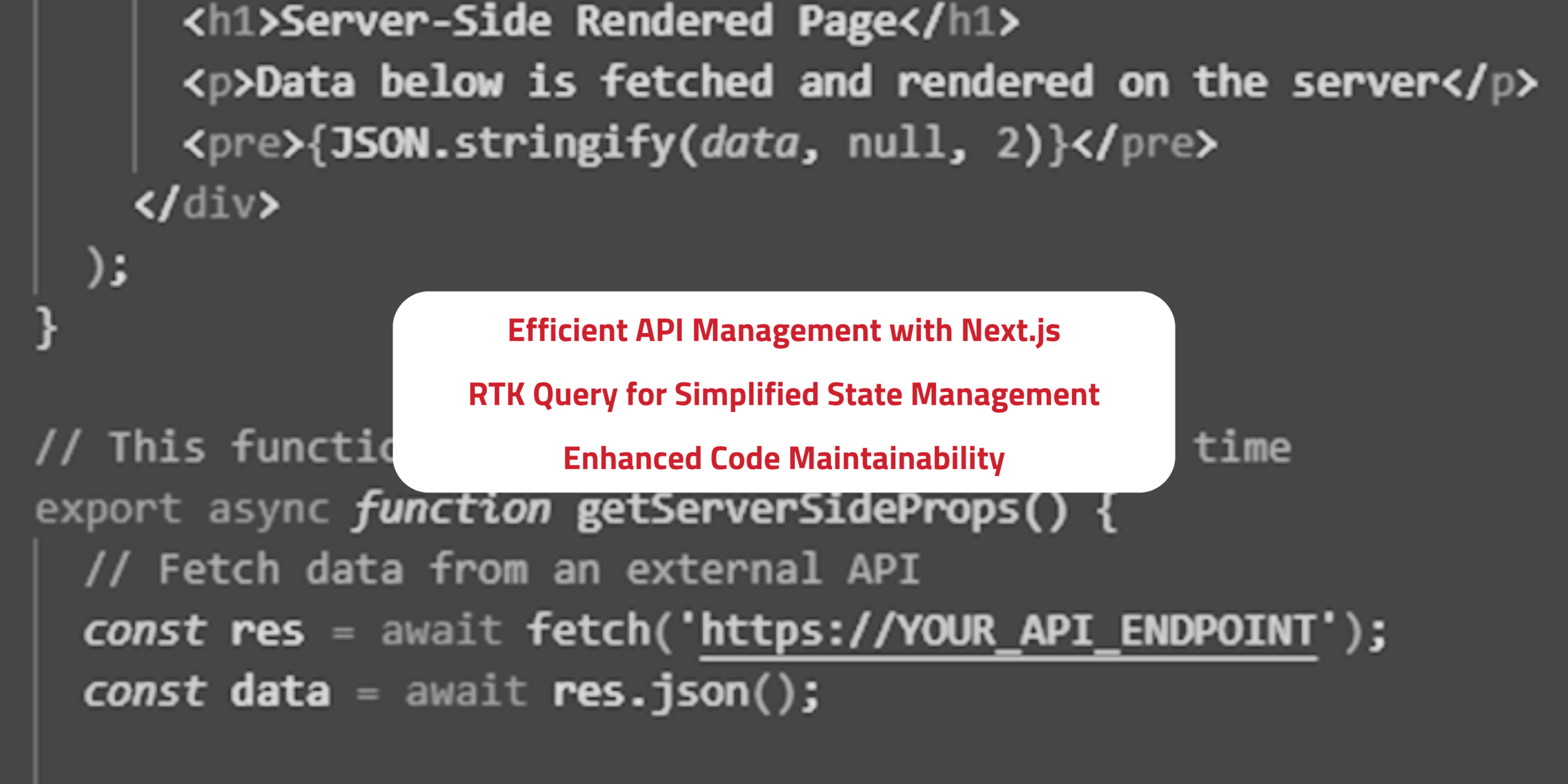
Organisation tips
Migrating Data to SharePoint? Avoid these 6 Challenges

Max McNamara
An experienced consultant in the Modern Workplace, Max focuses on helping our customers through their digital transformation journeys. As a leader at Antares, Max works with our internal teams and customers to deploy technology solutions to solve unique business problems. Max specialises in the Microsoft Modern Workplace and Applications technology stack that includes SharePoint, Teams, the Power Platform, O365, Bots & AI, Nintex, Promapp and the AvePoint suite. Max has worked across a wide range of industries with customers from 50 – 18,000 staff.
October 1st, 2021
Data migration is an essential component of digital transformation, as companies seek to exploit the array of advantages on offer from centralised cloud applications such as Microsoft SharePoint and Teams.
As a robust document storage and file sharing system, SharePoint is trusted by more than 85% of Fortune 500 companies due to its wide range of features and steadfast reliability.
In addition to powerful intranet capabilities, SharePoint is engineered to boost collaboration across a business, while protecting sensitive information through secure sharing policies and the ability to achieve full oversight of company data.
If your business is planning a data migration to SharePoint, it’s important to plan ahead. Here are the 6 most common challenges we know businesses struggle with during a SharePoint data migration, and how to avoid them….
1. Lack of data governance
If you’ve been in business for a while, it’s likely that your files are currently spread across a variety of systems (both on-premises and in the cloud), with documents dating back many years that probably should have been archived.
Data migration is a brilliant opportunity to take stock of all these files and develop a sustainable information architecture.
This could include:
- Mapping out users and groups
- Understanding who needs access to what and why
- Taking stock of which data is really needed
- Discovering any duplicates that can be deleted
- Determining how you want to structure everything moving forward
A data review is also a great time to develop new policies around when and how documents are archived. These rules can then be built into your SharePoint practices to simplify data governance in the future.
2. Inability to access business-critical documents
Without effective planning before your data migration, you increase the likelihood that business-critical documents will be unavailable to users during normal work hours. This can have a huge impact on productivity, and lead to resentment in staff.
When conducting an audit of your data, make a note of all business-critical documents or folders and then plan to migrate them out of hours. If this isn’t possible, you might allow staff to migrate the documents on their own using SharePoint’s manual upload.
Ideally, develop a practical timeline for data migration which details which data will be moved and when. This could include moving low priority files first, or migrating data from each business unit at a time.
3. Putting secure documents at risk
The last thing you want to do during a data migration is to make sensitive information available to all users.
This can be avoided by identifying sensitive files in your pre-migration audit, and setting appropriate permissions as soon as they are moved across.
Be sure to leverage all of SharePoint’s security features to maintain compliance around sensitive data, including:
- Assigning authority for individual SharePoint sites and the content within them
- Setting permissions for authorised users
- Using SharePoint’s audit feature
- Establishing a policy framework
4. People can't find what they're looking for
In addition to taking stock of what you currently have, a data migration provides an excellent opportunity to assess document naming conventions and put in place new policies.
The key is to use short and simple naming structures and categorise content in an intuitive way. Try to engage with a variety of stakeholders for input on the new structure, so you can be confident that it will meet their needs when the migration is complete.
Keep in mind that placing a document in a SharePoint folder means it should only ever be stored in that folder. This can cause issues for documents that require input from multiple business units or even external parties. In this case, consider using tagging to classify a document instead so users can easily search for and find what they’re looking for.
5. Lack of user uptake
There’s nothing worse than investing time and money into a new platform that staff don't want to use.
You can avoid this by keeping communication flowing with employees at all stages of your data migration. Consider engaging with your internal marketing and HR teams to develop a communications plan, and keep staff updated as the process unfolds.
Focus on the benefits that using SharePoint will provide – such as greater transparency, ease of use, and more opportunities to collaborate.
Once the migration is complete, select one user from each team for training and empower them to become a SharePoint champion.
6. Fear, uncertainty and doubt
Any business change is difficult, but data migrations can be especially challenging.
To remove much of the fear, uncertainty and doubt that often accompanies a mass data migration, leverage SharePoint’s Migration Assessment Tool to identify any potential issues before you start.
Test small collections of data and hand-pick business users to confirm that everything is working well.
Once the migration is complete, conduct a full post-migration check to validate that all data is where it needs to be, with the right permissions, and is appropriately accessible to users.
Get support to manage your SharePoint data migration from Antares
At Antares, our team of technical engineers and data experts have supported major brands in migrating their data to SharePoint.
As Microsoft Gold Partners, we are highly skilled in SharePoint’s unique environment, and can provide valuable advice to minimise risks and issues.
Ask us to help with:
- Reviewing existing data
- Architecting an ideal set-up
- Planning for data migration with minimal downtime
- Training staff or super users
- Providing ongoing support
As SharePoint experts, our goal is to empower your business to enter the future of efficient and collaborative working using SharePoint, while laying the best possible foundations for long term success.
For a friendly chat about how we can assist with your SharePoint data migration, simply contact us.


